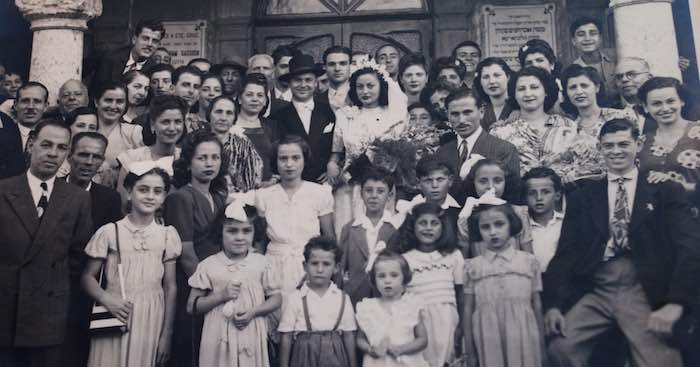
As part of B’nai Brith Canada’s week-long series to commemorate the nearly 1-million Jews who fled their homes across Arab countries and Iran, we spoke to Ronit Eskenasi from Lebanon.
Part 3, Lebanon
Ronit’s grandfather was successful in smuggling several Jews out of Lebanon, wearing only the clothes on their backs, in the wake of rising antisemitism. Her mother, who also managed to escape, left her entire family behind. “The Jews didn’t want to take a chance to wait around,” she says.
The history of the Jewish people in Lebanon dates back to pre-Biblical times. During the early 20th century, the Jewish community continued to prosper. Even in the days leading up to the establishment of the State of Israel, while anti-Zionist demonstrations took place, they reportedly had had little effect on the country’s Jews, who enjoyed equal rights.
In sharp contrast from other Arab nations, Jews in Lebanon continued to live normally. They were not subjected to discrimination or arrested by the government, nor was their property confiscated. In 1948, the Jewish population was close to 20,000.
Following the 1967 Six-Day War, however, hostility toward Lebanese Jews became more prevalent, with many choosing to leave. By the 1975 Civil War – the country’s Jewish community had dwindled down to 3,000.
Following the Israeli invasion of Lebanon in 1982, the terrorist organization Hezbollah was founded in Iran and subsequently rose to prominence in Lebanon. In the mid-1980s, Hezbollah kidnapped several prominent Jews from Beirut — most were leaders of what remained of the country’s tiny Jewish community.
Today, it is estimated that less than 100 Jews remain in Lebanon.
- B’nai Brith Canada Launches Series in Tribute to Jews from Arab Lands
- Tribute to Jews from Arab Lands: Part 2, Libya
- Tribute to Jews from Arab Lands: Part 3, Lebanon
- Tribute to Jews from Arab Lands: Part 4, Iraq
It will be published on December 9, 2016
- Jews from Arab Lands – Part 5, Syria
It will be published on December 10, 2016
Source: Canada Free Press
 eSefarad Noticias del Mundo Sefaradi
eSefarad Noticias del Mundo Sefaradi

